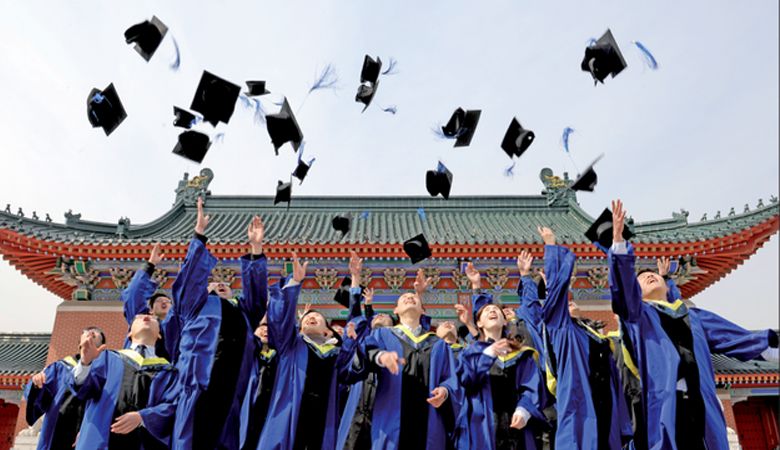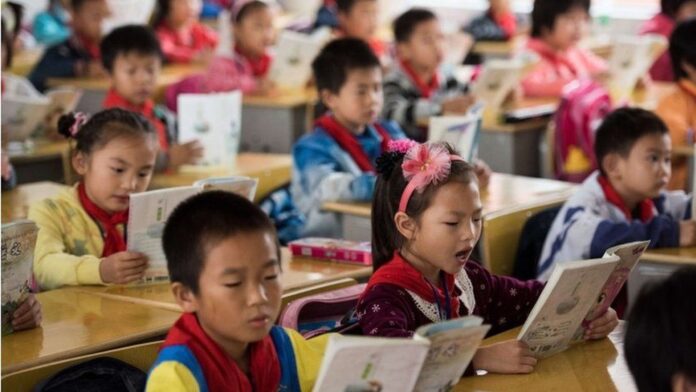Delving into the intricacies of the Chinese education system, this article provides insights into its structured framework, study hours, and the intense pressure students face to excel.
In China, the education system is organized into three main categories: basic education, higher education, and adult education. Basic education is mandated by law, requiring nine years of schooling, encompassing preschool, primary, and secondary education.
Primary education typically spans six years, starting around the age of six, followed by six years of secondary education. Secondary education offers two paths: academic and specialized/vocational/technical. Graduates aiming for university admission must pass the National Higher Education Entrance Exam (Gao Kao).

Higher education offers undergraduate degrees through universities and diploma/certificate courses through colleges. Postgraduate and doctoral programs are exclusive to universities.


Adult education caters to various levels, from primary to higher education, including initiatives to boost literacy levels in remote areas and vocational training for adults.
The academic year is divided into two terms, with long summer and winter vacations. School hours are extensive, often spanning from early morning to evening, with additional self-study classes or homework extending into the night. The competitive environment, especially for university entrance exams, adds to the pressure, leading to extra classes even on Saturdays and the prevalence of weekend cram schools or private tuition.
In essence, the Chinese education system is rigorous, demanding, and highly competitive, shaping the academic journey of millions of students.
#ChineseEducation #HigherEducation #SchoolLife #StudyPressure #GaoKao #CompetitiveEnvironment #AcademicJourney


